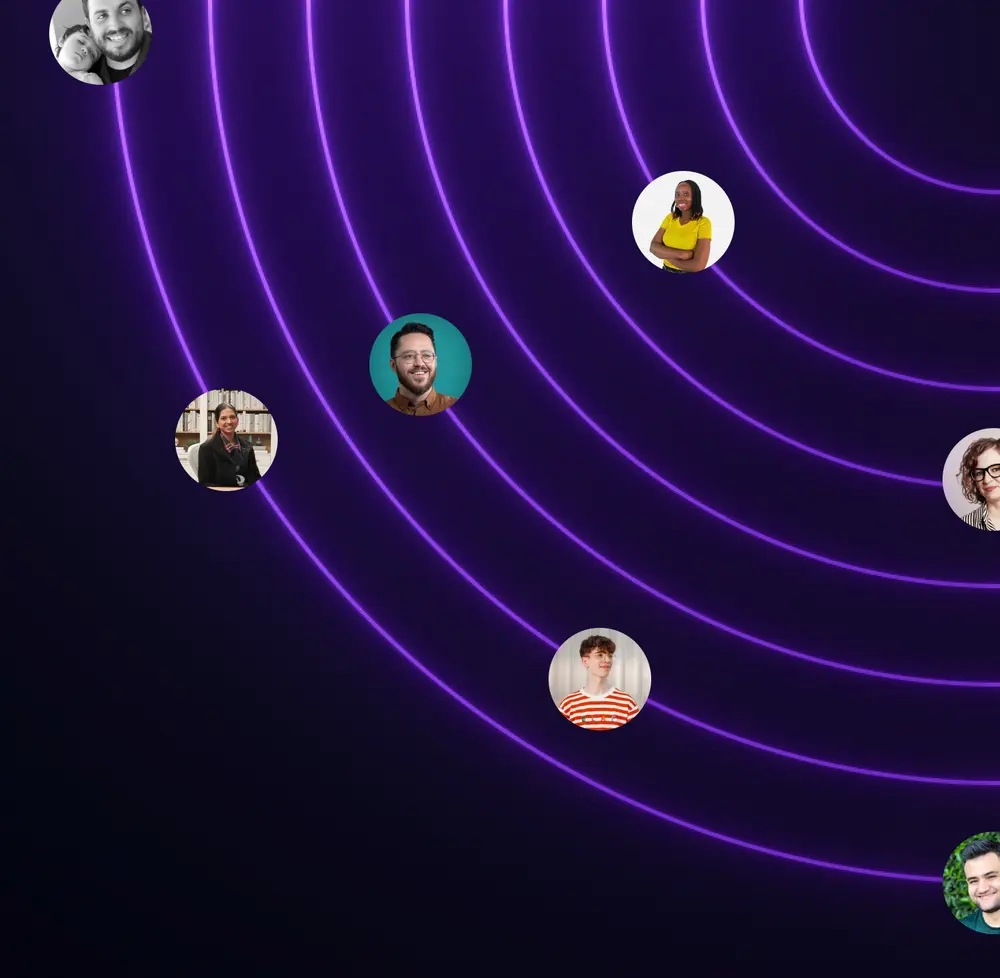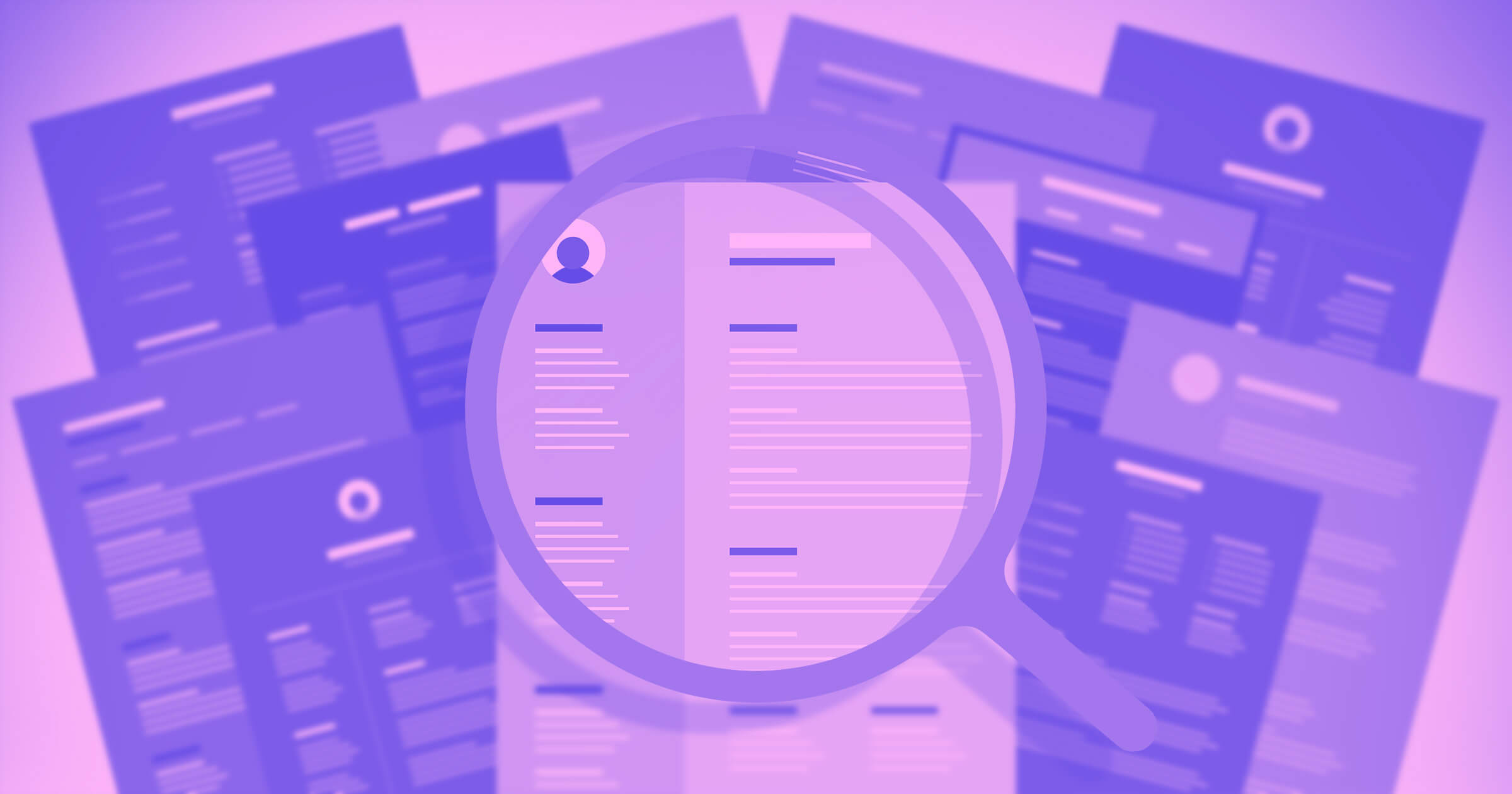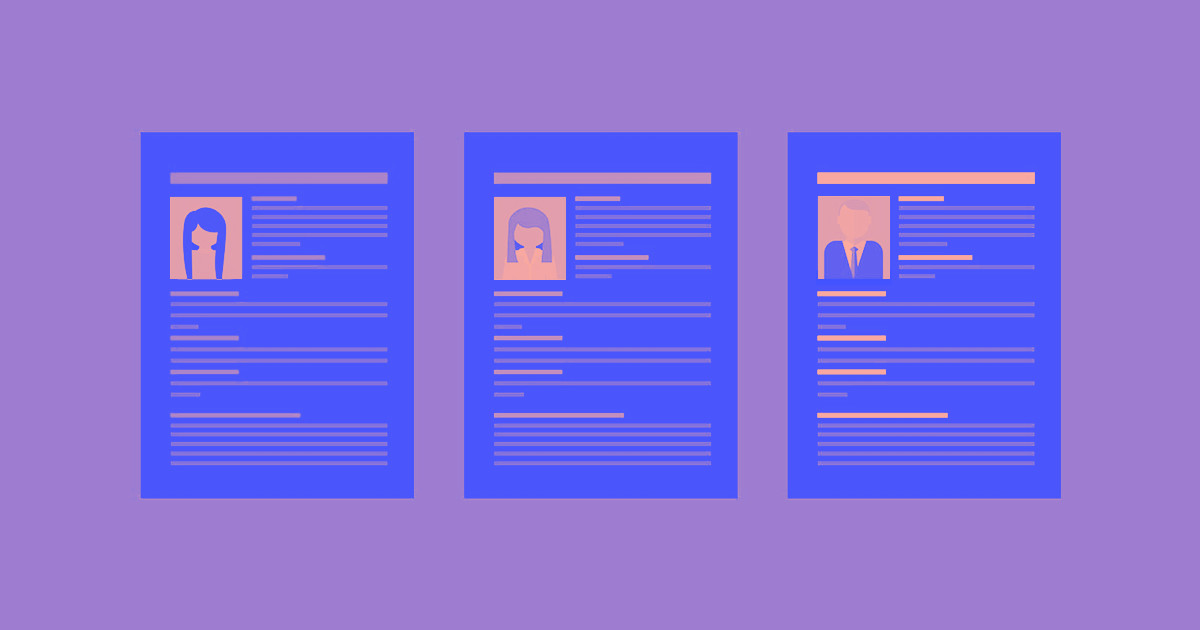In a world where the unemployment rate is at an all-time high, there is no better time than now to invest in creating a standout resume.
When you’re developing a resume, it’s important to remember you’re telling a story — a story about your career journey. Your story needs to be short, yet compelling enough to stick out in a crowd, because you’re competing in a world where hundreds of people are applying for the same role as you.
This quarter alone, Webflow received over thousands of applications to our open jobs. As a recruiter, I read and review hundreds of stories told in resumes a week. I’ve seen many mistakes in how applicants try to tell their story in their resume, so I’m here today to help you level up your resume writing skills, teach back what our recruiting team at Webflow looks for in a resume, and hopefully you will learn more about the art of storytelling techniques in a resume.
Leverage the storytelling technique
To get started, what exactly is a storytelling technique?
Think of how a typical story is set up and how it compares to the story you’re telling in a resume.
The main character would be you and the story would be broken down into 3 parts:
- The plot: your previous experience.
- The climax: things that you worked on like special projects or daily tasks.
- The ending: results of the action you took. This is the story making approach we will use in this blog.
By using a storytelling technique in your resume, the narrative you are portraying is a bit more personal and can help relate some experience that you may not find relevant to a position or industry you are applying for. It’s also important to note that storytelling should be used throughout the resume — from the summary section of your qualifications at the beginning, to your work experience section.
Let’s go through an example together.
On your resume, you wrote “Happiness engineer at a tech company” as a bullet point.
The plot: set the scene
For the sake of this example, say you’re someone that works in a customer service or customer facing role. At any company, this work could mean something different. Start your story with the setting by outlining your current company and what you accomplished there.
Oftentimes, companies have the same name and could be doing different things, if this is the case, make sure you write a brief description of what the company you worked for did. Another case when this is important is if the company you worked for is niche, and may not be well known outside of its marketplace.
Sometimes companies, specifically in tech, use whimsical titles for their roles. For example, a "Happiness Engineer," when in reality it is a technical customer support specialist role. Make sure you clarify what your title actually means in relation to the industry, and then start to talk more about your role.
The climax: build on to the story
Start to specify your experience! Show us and please don’t safely assume we understand the ins and outs of your current or past held roles. You also need to understand the audience you are writing for. Start by jotting down questions a Recruiter or Hiring Manager may ask you as a starting point for creating content in your resume.
Examples of questions and responses for this customer service role include:
- Did you solve technical problems related to HTML or CSS? Did you help close the largest deal in history? Did you project manage something? Or maybe was there a unique situation or project you worked on? We want to know all about it.
Examples of how this could be phrased in a resume:
- Involved in sales calls to de-escalate situations with angry customers in regards to services provided.
- Recommended solutions on how to increase team morale, or achieve team goals.
The ending: share the lessons you learned
What did you learn from your experience? What were some key accomplishments you championed in your role? Numbers can tell a powerful story and showcase the impact you had on your previous team.
Instead of saying “you had one on one’s with your direct reports,” you could mention to us how you:
- Coached and motivated low performing team members off of a performance improvement plan in 3 months.
Instead of saying you worked with customers, you could mention:
- Solved 980 technical customer support tickets, achieving a 95% customer satisfaction rate in a year.
- Ranked as a top performer and led larger projects like team education.
- Learned quite a bit on the job through professional development, mentorship, and continuing education opportunities.
Don’t be afraid to mention high level learnings too. Did you take a training course on writing skills or leadership development? Did you share your expertise with someone else in a mentorship type of way?
Transforming your resume
If you followed along with the prompt above, your resume should transform from looking like this:
- Happiness engineer at a tech company
To something along the lines of:
- Technical Customer Support Specialist that solved over 900 customer problems using HTML and CSS knowledge, and then later was given the opportunity to train new hires on best practices for the support team, as a result of being a top performer.
Once you polish up your resume using these tips, please feel free to browse our job board!



















Join the global Webflow Community
Connect and build with 85,000+ community members around the world — whether you're new to Webflow or a seasoned designer, there's a place for you.
































